
Local knowledge from expert travellers
29/10/2025 · By Tim Hall
Enhance your holiday with Great Rail Journeys as expert Tour Manager Tim Hall discusses how to get the most out a trip and uncover the places locals love.
Read moreThe small island of Stromboli, one of the eight Aeolian Islands in the Tyrrhenian Sea, is the creation of one of Europe's most active and volatile volcanos, which erupts almost continuously and has done so for as many as 2,000 years. Its constant eruptions, many of which can be seen from the mainland, as well as by passing ships, particularly at night, have led to it being given the nickname of "the lighthouse of the Mediterranean".
The island itself has a population of about 500, who are the only people allowed to remain on Stromboli during a 'major eruption' - the last of which occurred in April 2009.
The island is fringed in volcanic black sand, but is otherwise entirely a volcano, rising 3,000 feet above sea level, with a further 5,000 feet of volcano located from the sea bed under the water, giving the Stromboli Volcano 8,000 feet in total. There are two settlements on the island; a small fishing village called Ginostra, which doesn't really have any tourist visitors, and the main town which, like the volcano and the island, is called Stromboli. Ginostra claims to have Europe's smallest port, which has capacity for just one boat. Stromboli town welcomes boats from the mainland and has a few small shops and restaurants. Disconcertingly, small signs located in and around town depict a figure in a running pose, with the instruction "When the siren sounds, abandon the coast and make for the waiting station!" Stromboli's eruptions provide an incredible, natural pyrotechnics show. Gases, hot ash and molten rock vent dramatically at regular intervals throughout the day and night; there is an eruption on average every four minutes.
Find out more with a free brochure and enjoy weekly travel inspiration and offers in our e-newsletter.
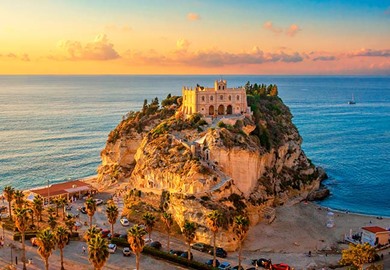
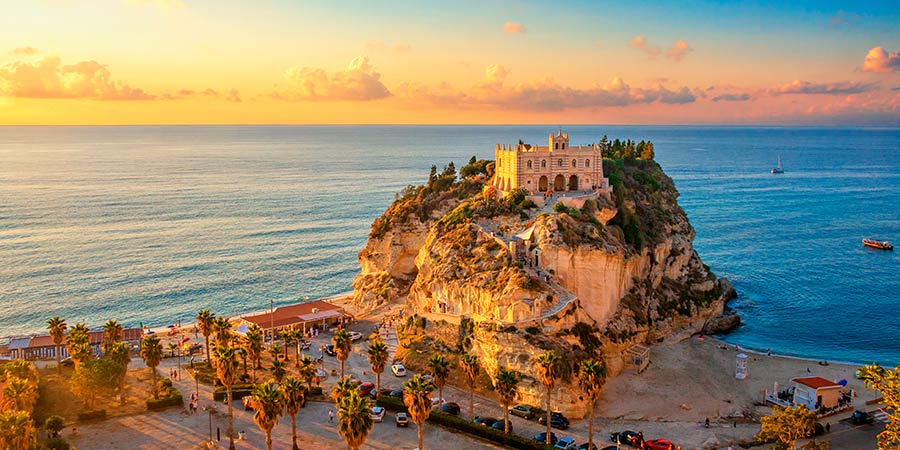
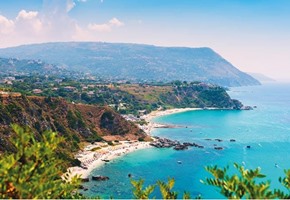
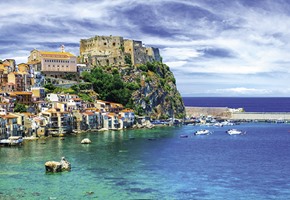
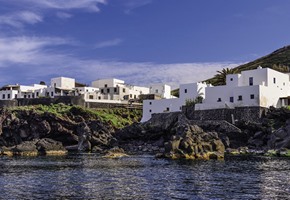
 (134 reviews)
(134 reviews)Fly to and from the unspoilt toe of Italy to uncover the hidden beauty of Calabria from an all-inclusive hotel in coastal Tropea - regarded as one of Italy's most beautiful villages. Cruise to the volcanic island of Stromboli, the 'lighthouse of the Tyrrhenian Sea', to witness its colourful eruptions by night. Discover the timeless towns of...
